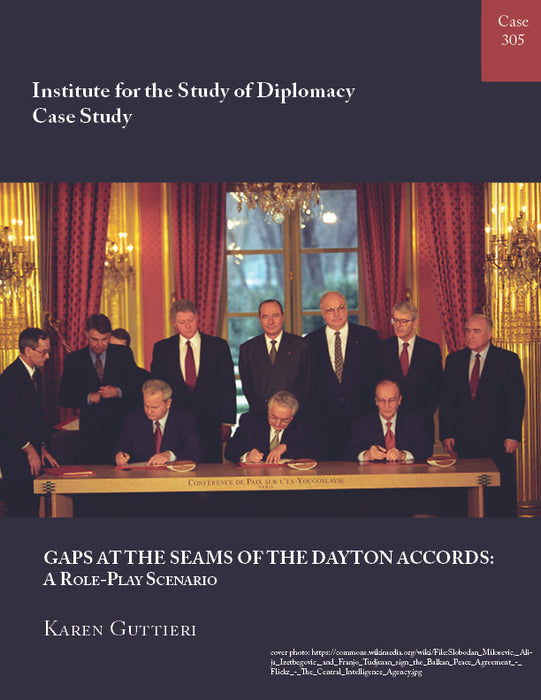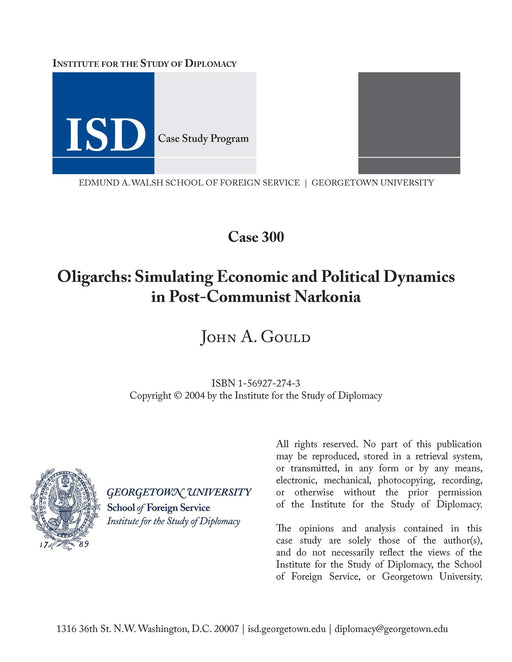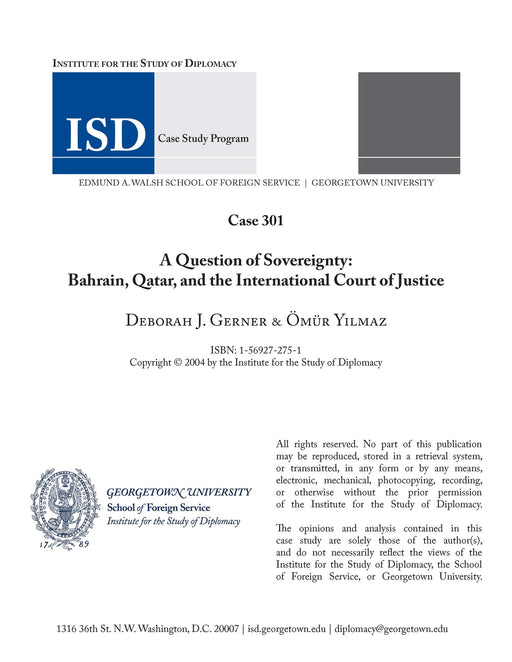Case 305 - Gaps at the Seams of the Dayton Accords: A Role-Play Scenario
Guttieri, Karen
The 1995 Dayton Accords that concluded hostilities in Bosnia and Herzegovina created a division of labor between military and civilian actors in the implementation of a peace accord, and also created fault lines that local factions could exploit to achieve their own objectives. This case study, designed to prepare students for a possible role in peace implementation by allowing them to role play, uses a fictionalized version of real events in Bosnia and Herzegovina. Although the simulation portrays a particular mix of conditions at a certain point in time, it highlights some enduring features of a volatile environment in which diverse agents with different authority and resource endowments pursue their agendas.
The scenario presented here is based on actual events in a Bosnian town that imperiled implementation of civilian provisions of the Dayton Accords, but the town’s name and names of individuals have been changed. Several gaps in the seams of civil-military implementation of the Dayton Accords made return of displaced people especially difficult, such as an obligation gap created by the fact that the agreement’s separate annexes prevented synchronization of their implementation of one was not synchronized with the other. Other problems included a security gap for the returning refugees and members of the international community assisting them, and an authority gap due to the large number of official agencies on the scene in addition to the national components of the Stabilization Force (SFOR).



